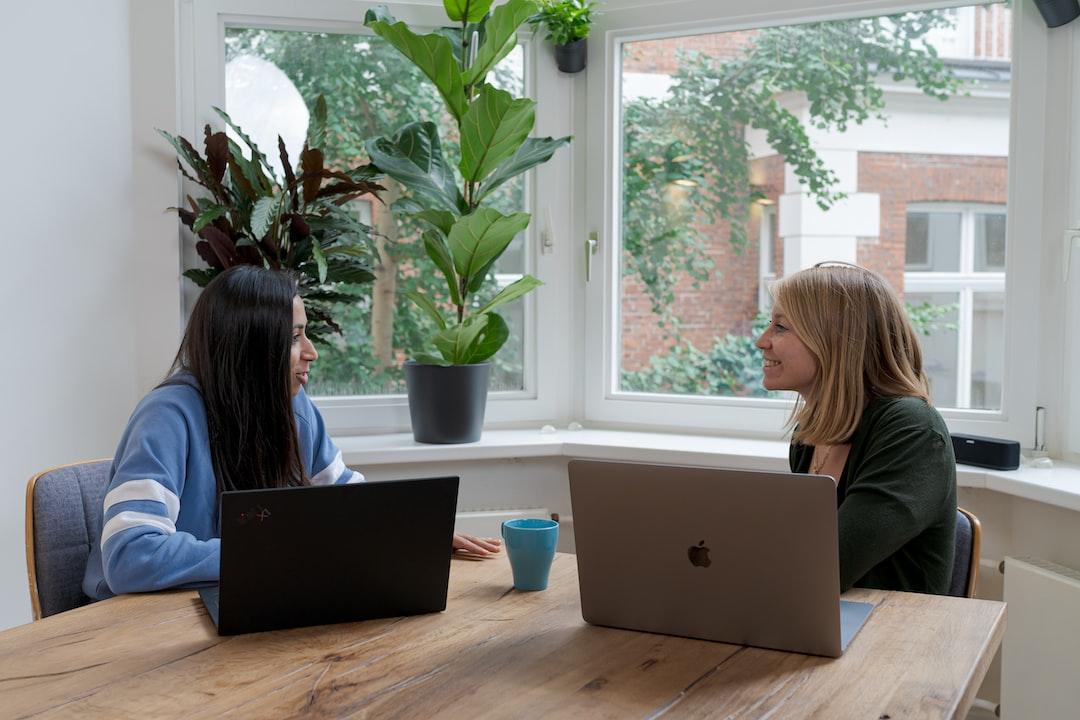Leo Hilse, the founder of STYLE Protocol, recently discussed the essence of his project during an interview with Cointelegraph’s X Spaces. He explained that the protocol aims to make use of the large number of NFTs and valuable assets that are currently sitting idle. Instead of these assets going to waste, they can be used in other virtual environments, such as Roblox, through the protocol. This allows individuals to earn commissions based on the use of their connected assets, creating a sustainable gaming infrastructure.
To achieve this transferability, the STYLE Protocol converts NFTs and 2D images into interoperable 3D models that can be used in different game engines and environments. Almost any NFT or image can be used as long as it makes sense in a 3D setting. This opens up numerous possibilities for fashion items, avatars, and in-game assets that can enhance the player and user experience.
The STYLE Protocol works in several stages. First, it connects to virtual environments like Decentraland or Roblox through an API. Then, it converts 2D assets into 3D models and customizes existing 3D models using AI and a library of base rigs specific to virtual environments like Unreal or Unity. The blockchain layer allows users to connect their existing NFTs within the protocol.
To ensure the accuracy of the final 3D asset, the process involves both automated AI and manual verification by a community of 3D designers and engineers called Tailors. Tailors are financially compensated for their work through a stablecoin and the platform’s native token, $STYLE.
Before starting their work, Tailors refer to the AI analysis that understands the style and color scheme of the initial 2D image. After creating the 3D overlay, APIs automatically rig the 3D model to make it compatible with the chosen virtual environment.
The turnaround time for converting assets can vary depending on complexity, ranging from 12 hours for a simple item like a sneaker to up to 48 hours for a high-poly avatar. Fees also vary based on rendering requirements and the virtual environment. The goal is to minimize fees and make the platform accessible to everyday users.
Currently, the protocol supports virtual environments such as Nifty Island, Decentraland, The Sandbox, MONA, and Spatial. It is also possible to mod off-chain for larger Web2 titles like GTA, but this operates outside the blockchain.
The platform also offers an AI 3D creator tool that allows users to type in a text prompt and generate a 3D design idea that can be turned into a 3D model.
Access to the core functionality of the platform requires $STYLE tokens. The barrier to entry is currently low, with users needing only about $10 to access basic features. In the future, users will be able to stake $STYLE tokens to unlock advanced features, such as renting out their NFTs as 3D assets in other games.
Hilse emphasized the importance of sustainability in decision-making, stating that additional token utilities and a potential burn mechanism will only be implemented if market conditions support it.
In conclusion, Hilse believes that the volume and user base of Web3 and virtual gaming environments are growing, creating a market for infrastructure providers. With strong technology, a dedicated team, and funding, the goal of the STYLE Protocol is to become the number one accessible infrastructure provider for bridging virtual assets.
Learn more about STYLE Protocol.

